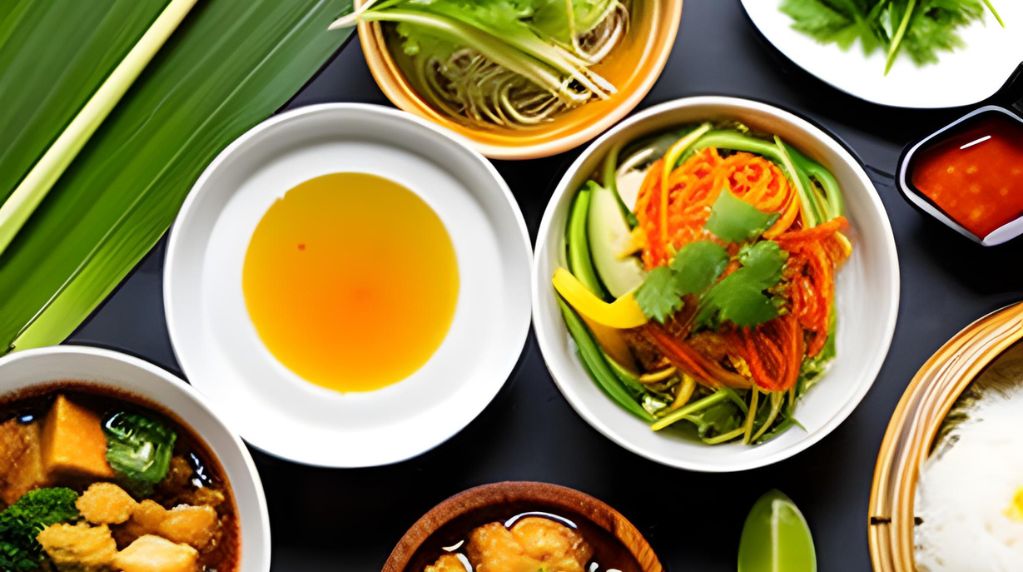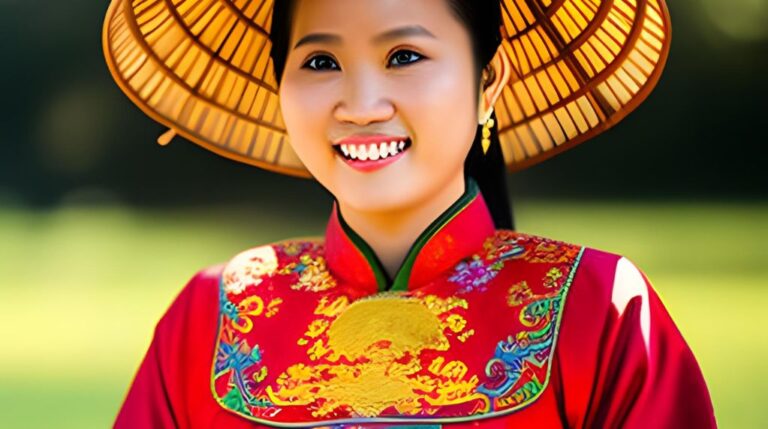Introduction to Vietnamese Cuisine
Vietnamese cuisine is a vibrant tapestry of flavors, colors, and textures, making it one of the most revered culinary experiences worldwide. Rooted in the country’s rich history and influenced by diverse regional traditions, Vietnamese food offers a delightful journey for the taste buds.
The Influence of Geography and Climate on Vietnamese Food
Vietnam’s varied geography and climate have played a significant role in shaping its cuisine. From the fertile Mekong Delta to the mountainous northern regions, each area’s distinct produce and local specialties contribute to the diverse culinary landscape.
The Key Ingredients of Vietnamese Cooking
Vietnamese cuisine places a strong emphasis on fresh and aromatic ingredients. From fragrant herbs like mint, coriander, and Thai basil to essential elements like fish sauce, lemongrass, and chili, each ingredient adds a unique dimension to the dishes.
Vietnamese Cooking Techniques and Flavor Profiles
The art of Vietnamese cooking involves a delicate balance of flavors. The use of stir-frying, steaming, and slow simmering brings out the essence of the ingredients while preserving their natural tastes.
Popular Vietnamese Dishes: From Pho to Banh Mi
Pho, a soul-warming noodle soup, and Banh Mi, a deliciously layered sandwich, are iconic Vietnamese dishes enjoyed worldwide. Beyond these, Vietnamese cuisine boasts an array of delectable options that cater to various palates.
Street Food Culture: A Gastronomic Adventure
Vietnam’s street food culture is a gastronomic delight. From bustling night markets to humble food carts, street vendors serve up an array of scrumptious treats, from crispy spring rolls to savory pancakes.
The Significance of Rice in Vietnamese Cuisine
Rice, often referred to as the “staple of life,” holds immense significance in Vietnamese cuisine. It forms the foundation of many dishes and reflects the country’s agricultural heritage.
The Unique Art of Vietnamese Dining
Vietnamese dining is not merely about eating; it is an experience in itself. Shared meals with family and friends are cherished occasions and the tradition of “nhau” – enjoying drinks and snacks – fosters camaraderie.
Vietnamese Desserts and Sweet Treats
Vietnamese desserts are a delightful culmination of textures and flavors. From creamy coconut-based treats like che to sweet, sticky rice cakes, each dessert offers a satisfying end to a meal.
Vegetarian and Vegan Delights in Vietnamese Cuisine
Vietnamese cuisine caters well to vegetarians and vegans. Plant-based dishes, such as vegan pho and fresh spring rolls with tofu, exemplify the art of creating flavorful and nutritious meat-free meals.
The Role of Vietnamese Cuisine in Cultural Celebrations
From the Lunar New Year (Tet) to the Mid-Autumn Festival, Vietnamese cuisine takes center stage in cultural celebrations. Festive dishes and sweet offerings symbolize wishes for prosperity and good fortune.
Vietnamese Beverages: From Egg Coffee to Fresh Fruit Juices
Vietnamese beverages offer a refreshing respite. From the unique and creamy egg coffee to refreshing iced coffee and freshly squeezed fruit juices, these drinks are an integral part of daily life.
Vietnamese Cuisine and Its Global Influence
Vietnamese cuisine has transcended borders and gained popularity worldwide. The delicate balance of flavors and focus on fresh ingredients have won the hearts of food enthusiasts globally.
Challenges and Preservation of Authenticity
As Vietnamese cuisine gains global recognition, preserving its authenticity becomes essential. Balancing traditional practices with contemporary influences while staying true to its roots is a constant challenge.
Conclusion: Savoring the Timeless Flavors of Vietnam
In a world where culinary trends come and go, Vietnamese cuisine remains timeless. Its distinct flavors, rich history, and cultural significance continue to captivate and delight, making it a culinary treasure to be savored.
FAQs
What makes Vietnamese cuisine unique compared to other Southeast Asian cuisines?
Vietnamese cuisine is characterized by its delicate balance of flavors, emphasis on fresh herbs, and minimal use of oil and dairy, setting it apart from other regional cuisines.
What are some must-try street food dishes in Vietnam?
Popular street food dishes to try in Vietnam include Banh Xeo (Vietnamese crepe), Goi Cuon (fresh spring rolls), and Bun Cha (grilled pork noodles).
Is Vietnamese cuisine considered healthy?
Vietnamese cuisine is generally considered healthy due to its focus on fresh ingredients, vegetables, and balanced flavors.
What is the significance of rice in Vietnamese culture?
Rice is not just a staple food but also a symbol of prosperity and connectedness to the land and agricultural heritage in Vietnamese culture.
Are there regional variations in Vietnamese cuisine?
Yes, there are regional variations in Vietnamese cuisine, with each area having its unique specialties and culinary traditions.




